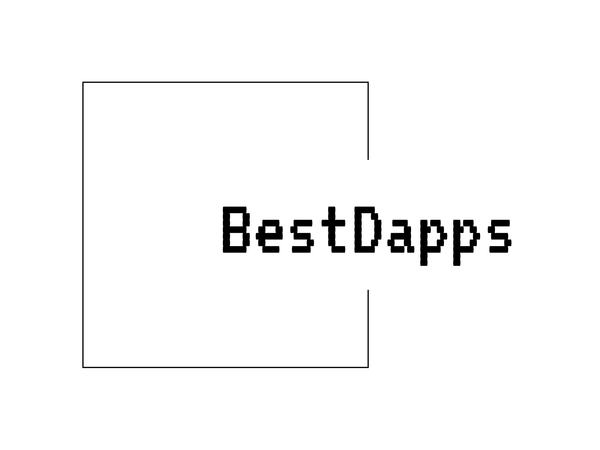
Harnessing Data for Blockchain Interoperability in Cosmos - Cosmos (ATOM) March 26 2025
Share
Exploring Data Utilization in ATOM, Cosmos
Cosmos, often coined as the "Internet of Blockchains," is an ambitious project that aims to solve several complex problems in the blockchain ecosystem. Among its native assets is ATOM, a crucial component driving the ecosystem’s growth. This article delves into the data-centric aspects of Cosmos.
Interoperability Reality Through Data
One of Cosmos' main selling points is its emphasis on interoperability. By enabling blockchain communication, Cosmos leverages its Inter-Blockchain Communication (IBC) protocol to allow independent blockchains to exchange data seamlessly. This sets it apart from other platforms that often operate in silos. The data sharing made possible by IBC is crucial for creating a connected blockchain network rather than isolated ecosystems.
Governance and Data-Driven Decision Making
ATOM plays a significant role in the governance of the Cosmos network. Validators use data to guide decisions impacting the network’s direction and governance. The role of data here is profound, as validators analyze blockchain performance metrics, security parameters, and historical trends to make informed decisions. This decentralized governance model is pivotal, similar to discussions around decentralized systems as seen in our article on Avalanche's Decentralized Governance.
Data Security and Scalability
Security in Cosmos is backed by the Tendermint Core, which is renowned for its Byzantine Fault Tolerance capabilities. This ensures that data transmission across the network maintains integrity and is resistant to attacks. Moreover, Cosmos' architecture is built for scalability, accommodating high transaction throughput without compromising on performance metrics. The structuring of data plays an integral role in ensuring both security and system scalability, similar to concerns discussed in articles like layer 1 protocols in DeFi growth.
The Role of Durable Data Storage
Cosmos utilizes a robust data storage strategy to maintain blockchain records while allowing for future adaptability. As new blockchains are created and join the network, the storage solutions in Cosmos ensure that data remains accessible and manageable. This is essential for operations across various chains within the Cosmos network.
Conclusion
The data-driven innovations in Cosmos play an integral role in shaping the future of interoperable blockchain ecosystems. As Cosmos continues to evolve, the emphasis on data utilization and governance underscores its potential impact within the greater blockchain narrative. Data’s central role is a significant element of Cosmos’ game plan, offering a glimpse into a truly interconnected blockchain future.
